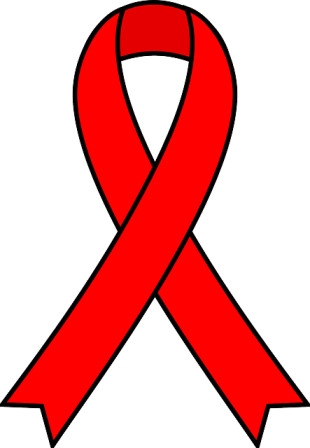MINORITIES AND HIV
MINORITIES AND HIV

Anyone who is sexually active, regardless of age, sex, race, or sexual orientation, is at risk for AIDS. Minority populations are especially at risk. AIDS cases reported to the Centers for Disease Control in the United States for minorities are:
- African-American, one out of every three.
- Hispanic, one out of every six.
- The rates among Native Americans, Asian Americans, and Pacific Islanders are still low, but it is feared that these numbers will rise as well.
Why are the numbers so much higher with African-Americans and Hispanics? There are many theories including:
- minorities have less access to healthcare and education or
- minorities may be less likely to take precautions while having sex or using injection drugs
Sometimes it takes knowing someone with HIV or AIDS to make the danger real to people. Unfortunately, more and more Hispanic and African-American people are having this experience.
What can you do to avoid getting HIV? If you use needles to inject drugs, use new needles or clean your needles before and after re- using them. There is a 3-step cleaning process that uses bleach to disinfect needles. The steps must be done immediately before and after using the needle.
Contact your local or national AIDS help organisations for further information.
If you are sexually active, engage in safer sex. While safer sex is not one hundred percent effective, it can greatly reduce your risk of infection with HIV and other diseases. Use latex or plastic condoms for vaginal or anal intercourse, or oral sex on men. Use dental dams or other barriers for oral sex on women. Avoid lambskin condoms. Using latex or plastic condoms and water- based lubricants with nonoxynol-9 may also help reduce the risk.
While it may be difficult to talk to your partner about sex, you may be risking your life if you do not speak up. Contact an HIV or AIDS service organization for help in learning to speak to your sexual partner.


